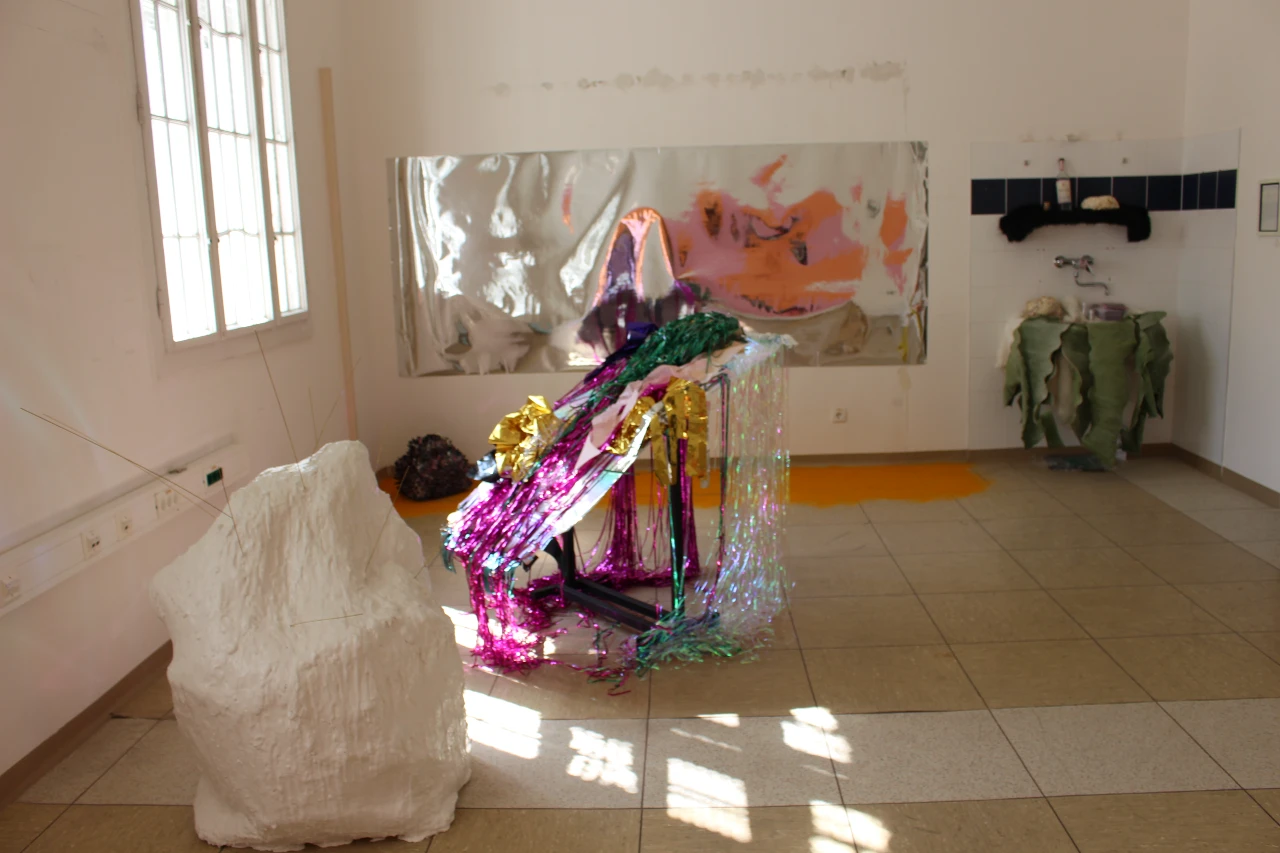Paula Flores Installations
Tol (stem)
These sculptures were created with wood and flowers found in Leshten. The spotted aesthetic of the wood is a decorative technique used in traditional houses in Leshten.
Kóokay 1 & 2
Kookay in Mayan means firefly as well as the light that they emit. After the sighting of a couple of fireflies in Leshten, and once again experienced the curiosity and happiness that they gave me.
Tonal y Nahual (Evident & Ocult)
A depiction of the obvious, what we can see, what we can desire, what we can embellish, versus the hidden/occult, sometimes due to the act of not wanting to see (accept) or because we don’t know how to see it.
Deconstructed Jaguar
A visual exploration and deconstruction of Mayan aesthetics depicting Jaguars
My fascination with Mayan art goes back to my childhood when I first saw images of the murals of Bonampak…
Ghost of the Rhodopes
Ghost of the Rhodopes is inspired by both the told and untold stories of the Rhodope mountains.
Tikla
Tikla is the Bulgarian name for the stones used for roofs in traditional construction in Leshten and other towns of the Rhodope Mountains. These roofs create spaces for biodiverse micro habitats that extend and connect to the greater natural environment.
Tortilla con Sal
A giant cosmic looking tortilla that holds many cosmologies, tied cosmologies that have traveled through time and space. A tortilla ties the land and time relationship of a plant (teosinte, the undomesticated plant that gave origin to what we now know as maize around 12,000 years ago) with other organisms such as fungi, insects, animals, and people.
I Miss Seeing Red Through my Eyelids
Light bounces and changes shapes in front of our eyes. It is passing and uncatchable.
I miss the sun when the clouds prevail.
A shrine for a shrine
The man shouted Take the life out. Before that demand there used to be a shrine. A place to thank and make a conscious exchange with bacteria. A moment to acknowledge their existence and the importance of it for life. Now we stand in front of it´s remains. Outlines mark the reflection of their habitat. Ghost that depend on perspective…
Altar for the numerological sequestrator
Altar for the numerological sequestrator is a shrine for different organisms that sequester CO₂ at different quantities and rates. Some are more efficient than others. Some produce or consume more than what their body can sequester.
Now that there is a rush and a market to sequester CO₂, organisms are given a value worth for the CO₂ sequestration capacity.
The risk with this is that organisms become more or less valuable depending on how much they can serve us and serve our needs for the manipulation of the environment.
Curare
The cave is a natural dwelling for many organisms, and we humans haven’t been the exception. This space, the cave, has been part of our genetic and cultural evolution…
Flora Nativa en el Paisaje Invadido (Native flora in the invaded landscape)
Within ‘Flora Nativa en el Paisaje Invadido‘, Paula Flores proposes a work that, without establishing formal limits, moves between the sculptural, the pictorial and the setting to insert us in a sort of territorial abstraction: a space now a Mediterranean zone, a site now a scientific showcase.
Inevitable
Every action that we take has an intertwined reaction with the rest of the world. Most of the time we don’t think about it all. We are inevitably interconnected with everything else, we are everything else.
Litos liquen
Symbiotic, parasitic, antagonistic relationships and casual encounters.
What is the relationship of the urban population with nature?
How much do we take these organisms into account in our daily lives?
Mediation
Mexican Totems
Mexican totems is an installation that explores the research act of “othering”. What do we miss when we place ourselves on the outside? What do we miss when we make ourselves a part of the context? Is it possible to have a brain like the chameleon’s eyes that would allow us to merge these two?
Mirrors and Translations
Nitrogen
I want to interrupt
I want to interrupt the cycle of humans
The cycle that we live in now
The one where other lives don’t matter much
The one where we run on machines
instead of the earth…
Vicarious tears
Rivers that flow over skin, over seeds that should have been born. Roots, torn out and thrown into the ocean where they can’t reach the ground and are ever condemned to float until they disintegrate. But there are always remains that can be reintegrated from the tears that come from the ocean. It’s the attempt to catch a reflection from another reflection and keep it for perpetuity.
Salvia Blanca
Party of a Lifetime
Afterparty
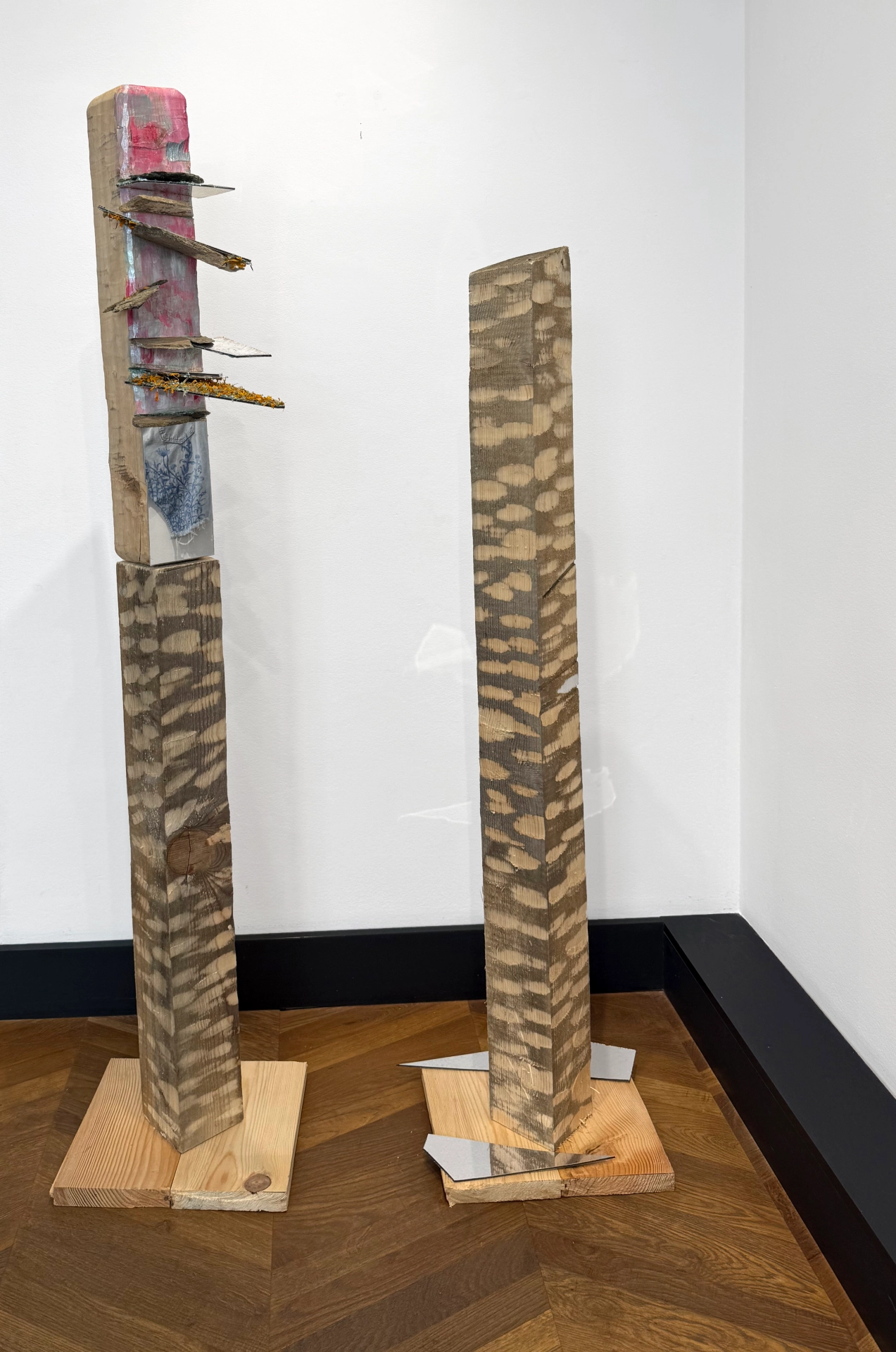
Tol (stem)
These sculptures were created with wood and flowers found in Leshten. The spotted aesthetic of the wood is a decorative technique used in traditional houses in Leshten.
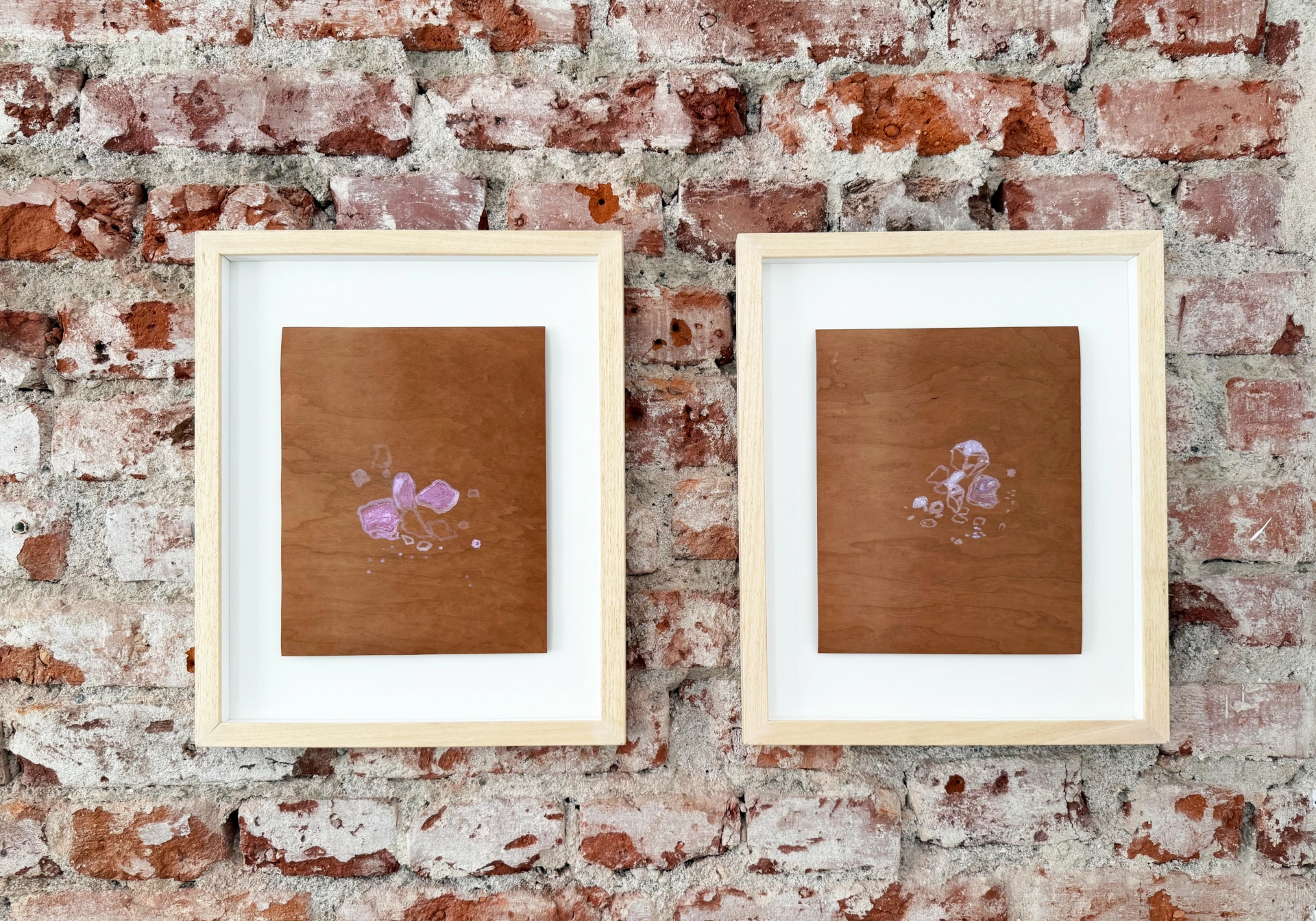
Kóokay 1 & 2
Kookay in Mayan means firefly as well as the light that they emit. After the sighting of a couple of fireflies in Leshten, and once again experienced the curiosity and happiness that they gave me.
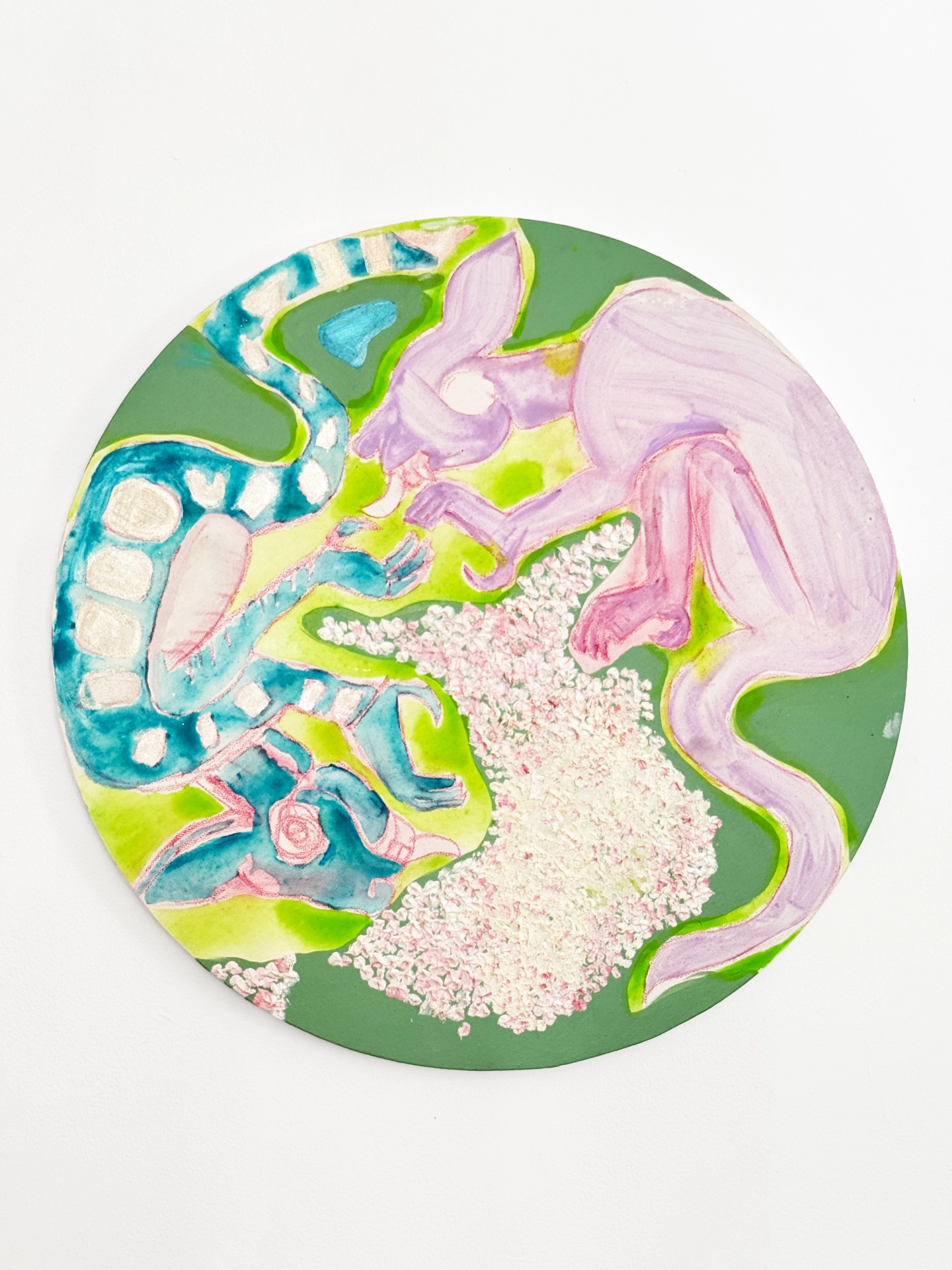
Tonal y Nahual (Evident & Ocult)
A depiction of the obvious, what we can see, what we can desire, what we can embellish, versus the hidden/occult, sometimes due to the act of not wanting to see (accept) or because we don’t know how to see it.
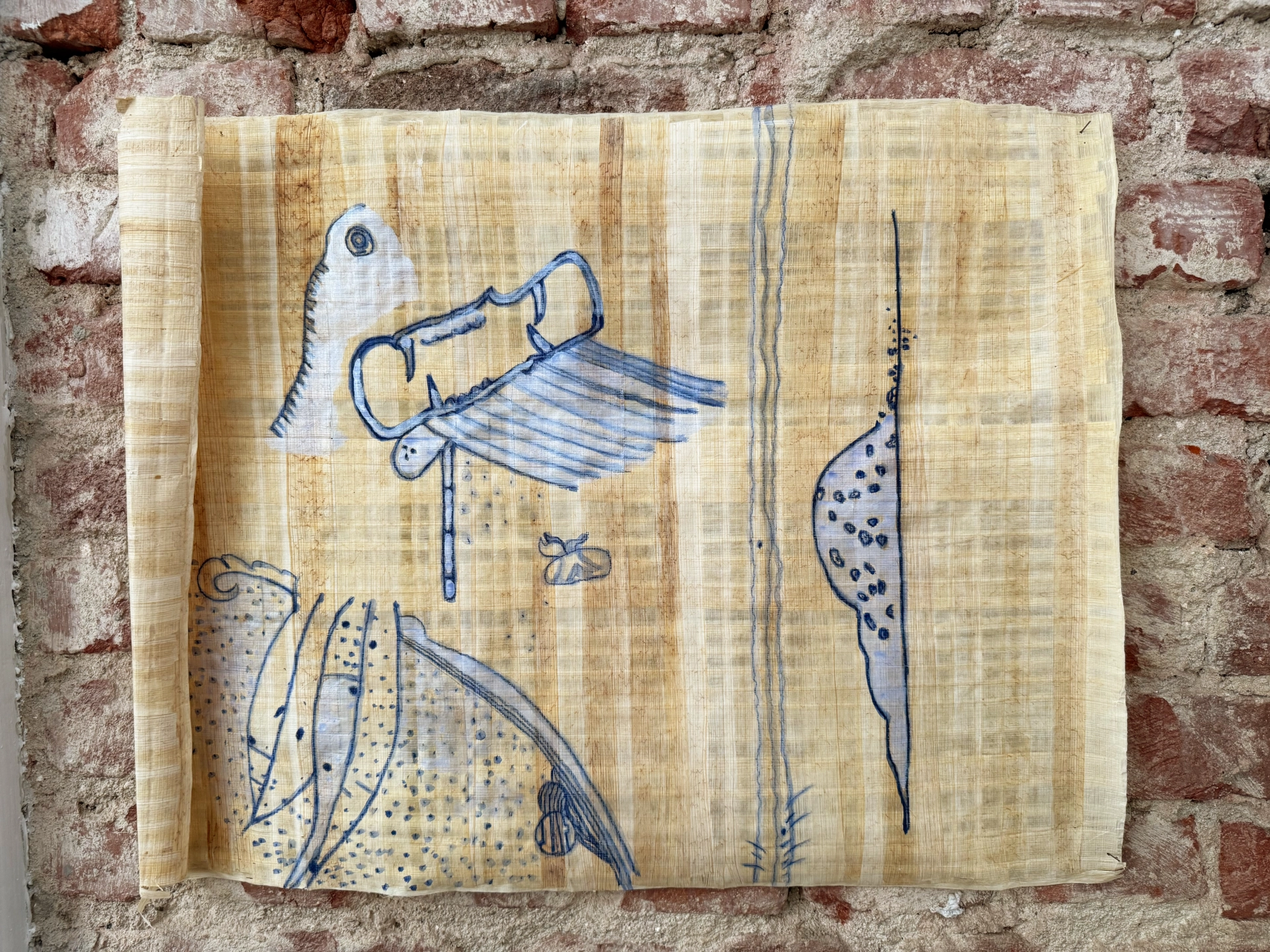
Deconstructed Jaguar
A visual exploration and deconstruction of Mayan aesthetics depicting Jaguars
My fascination with Mayan art goes back to my childhood when I first saw images of the murals of Bonampak…
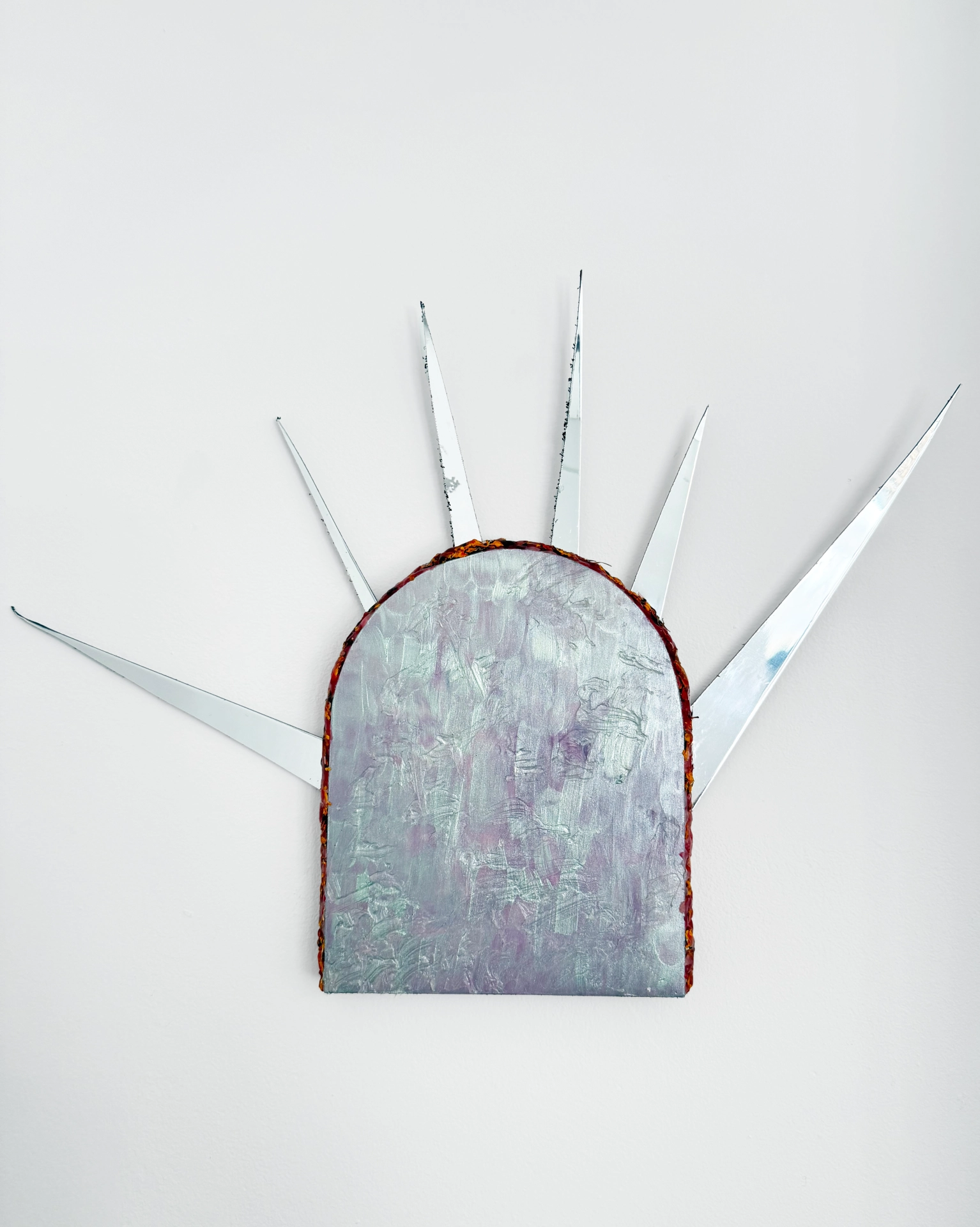
Ghost of the Rhodopes
Ghost of the Rhodopes is inspired by both the told and untold stories of the Rhodope mountains.
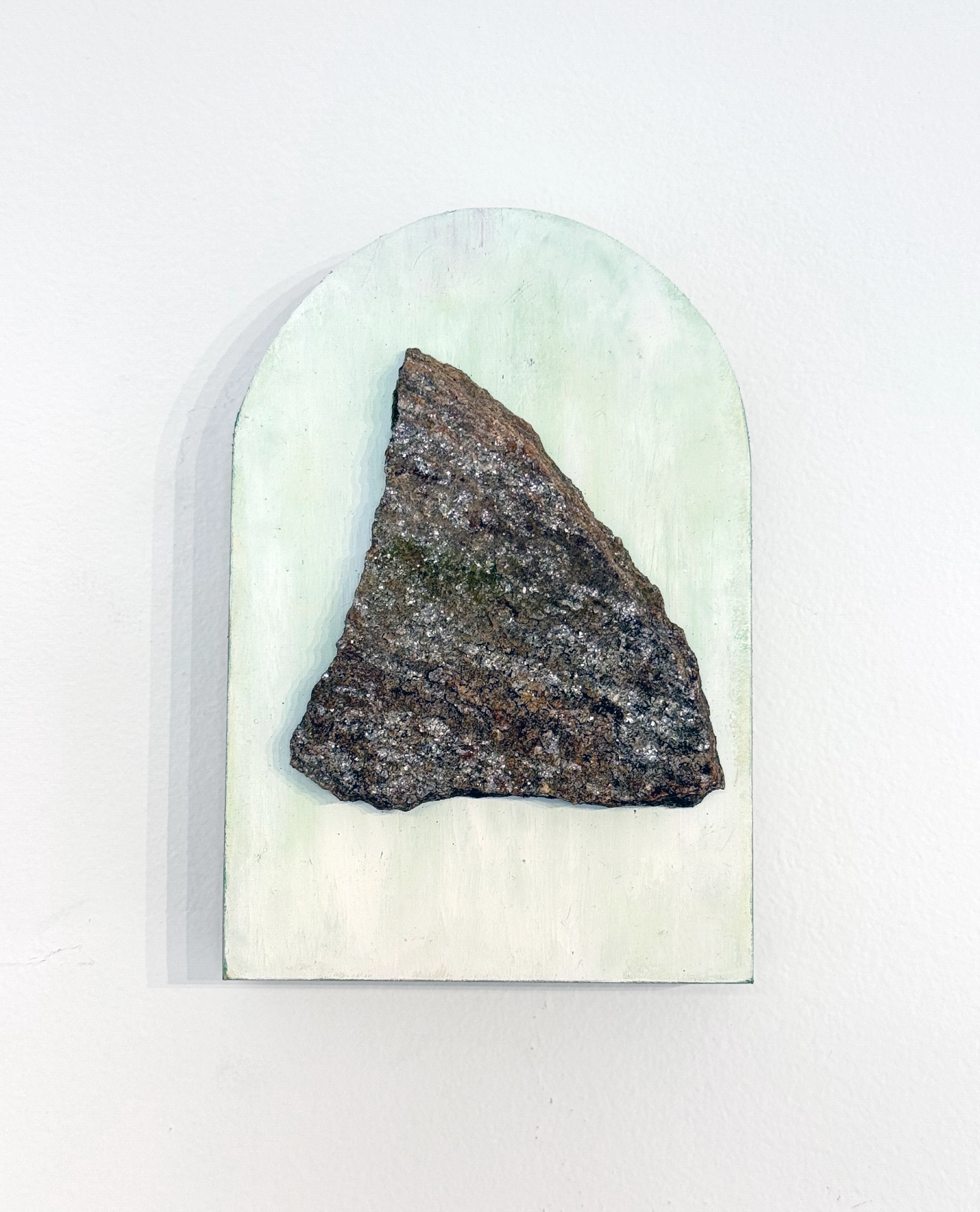
Tikla
Tikla is the Bulgarian name for the stones used for roofs in traditional construction in Leshten and other towns of the Rhodope Mountains. These roofs create spaces for biodiverse micro habitats that extend and connect to the greater natural environment.

Tortilla con sal
A giant cosmic looking tortilla that holds many cosmologies, tied cosmologies that have traveled through time and space. A tortilla ties the land and time relationship of a plant (teosinte, the undomesticated plant that gave origin to what we now know as maize around 12,000 years ago) with other organisms such as fungi, insects, animals, and people.
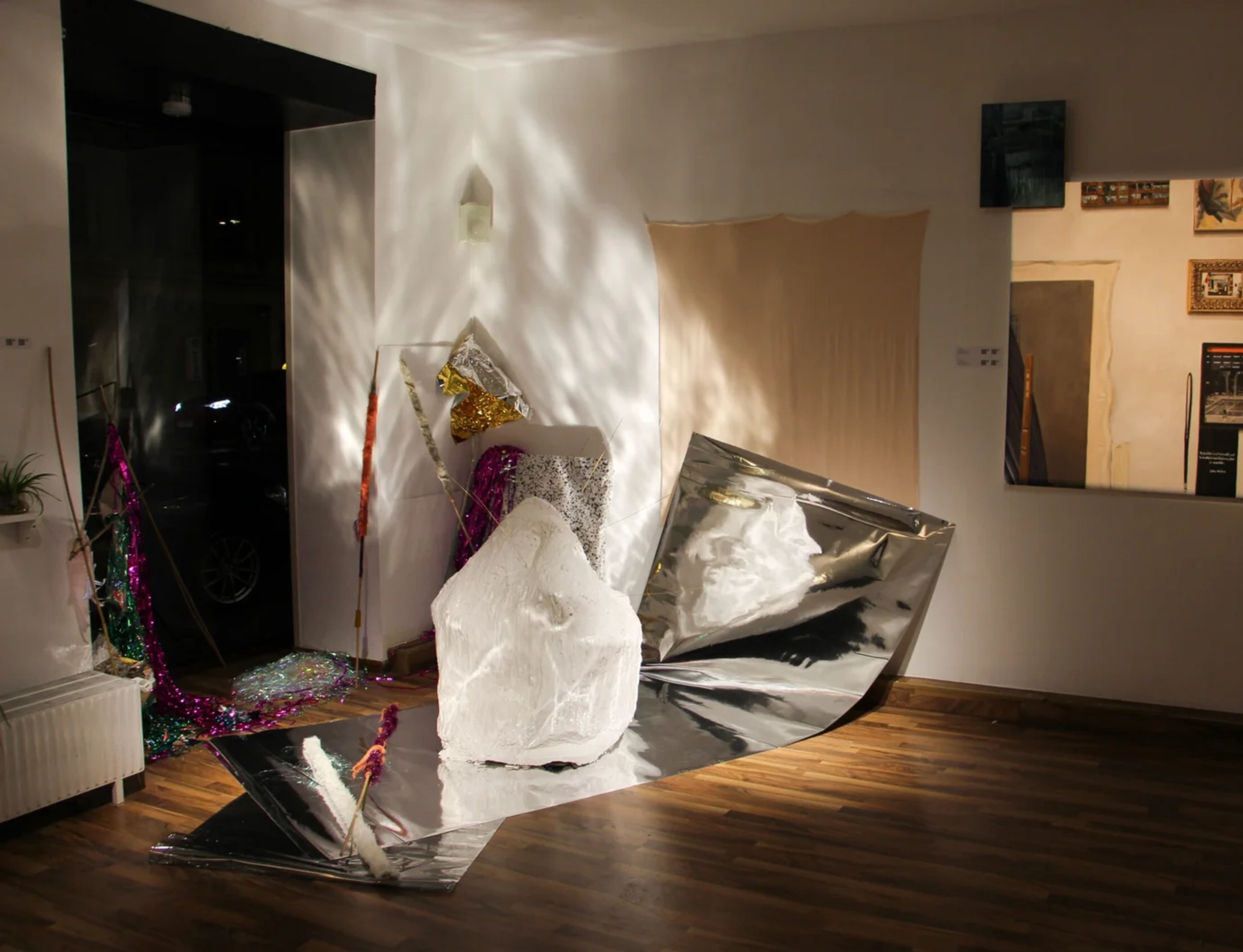
I Miss Seeing Red Through my Eyelids
Glimmers and shine make you look up, then down and all around. We tend to follow the light, as other life forms do.
Light bounces and changes shapes in front of our eyes. It is passing and uncatchable.
I miss the sun when the clouds prevail.
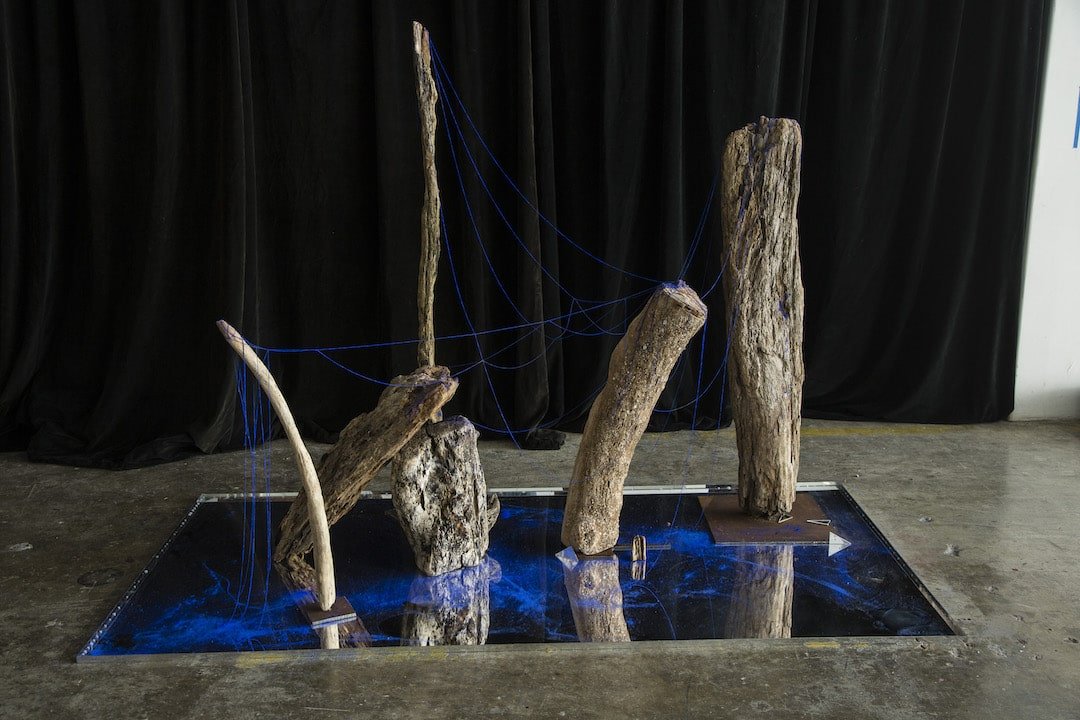
A shrine for a shrine
The man shouted Take the life out. Before that demand there used to be a shrine. A place to thank and make a conscious exchange with bacteria. A moment to acknowledge their existence and the importance of it for life. Now we stand in front of it´s remains. Outlines mark the reflection of their habitat. Ghost that depend on perspective…
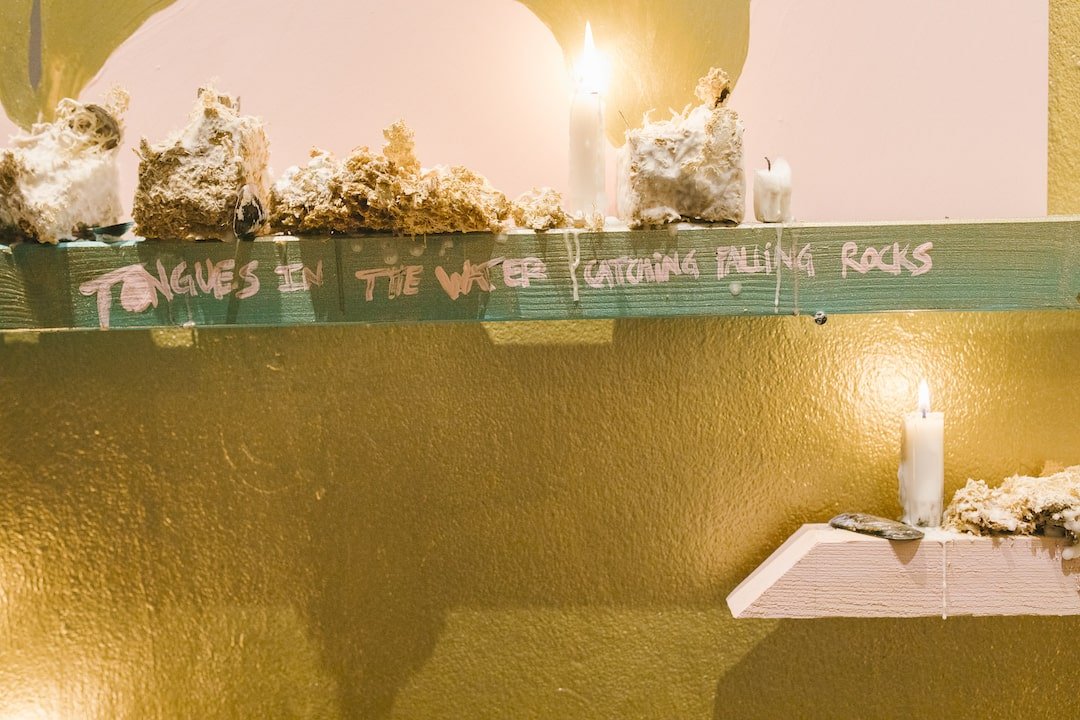
Altar for the numerological sequestrator
Altar for the numerological sequestrator is a shrine for different organisms that sequester CO₂ at different quantities and rates. Some are more efficient than others. Some produce or consume more than what their body can sequester.
Now that there is a rush and a market to sequester CO₂, organisms are given a value worth for the CO₂ sequestration capacity.
The risk with this is that organisms become more or less valuable depending on how much they can serve us and serve our needs for the manipulation of the environment.
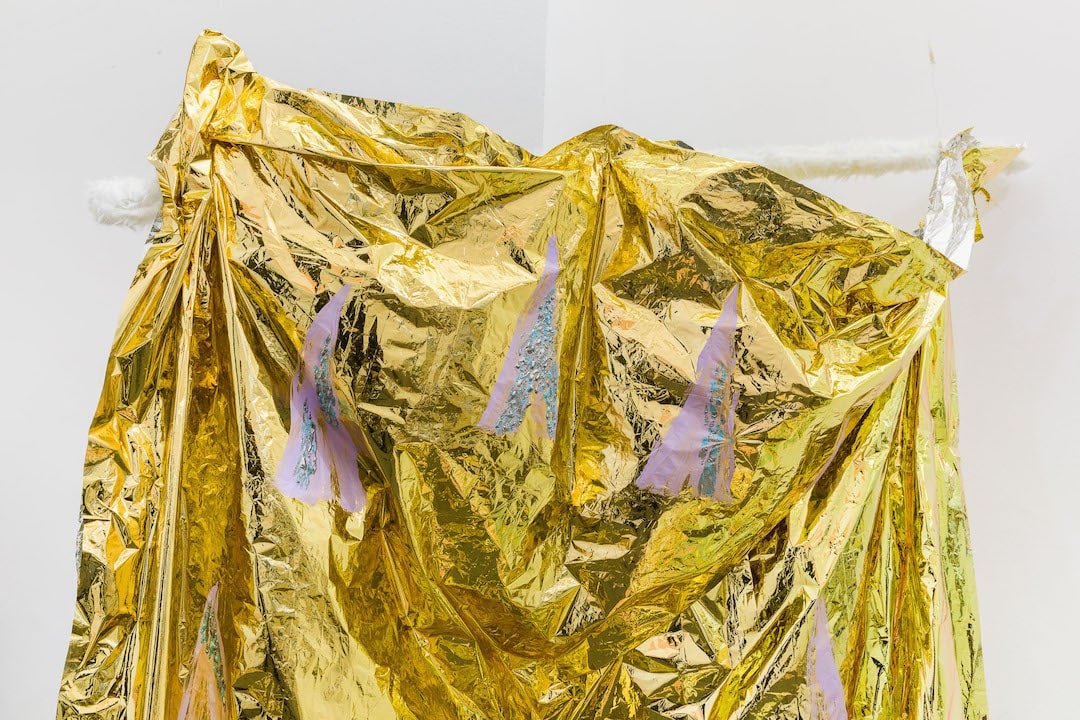
Curare
The cave is a natural dwelling for many organisms, and we humans haven’t been the exception. This space, the cave, has been part of our genetic and cultural evolution…
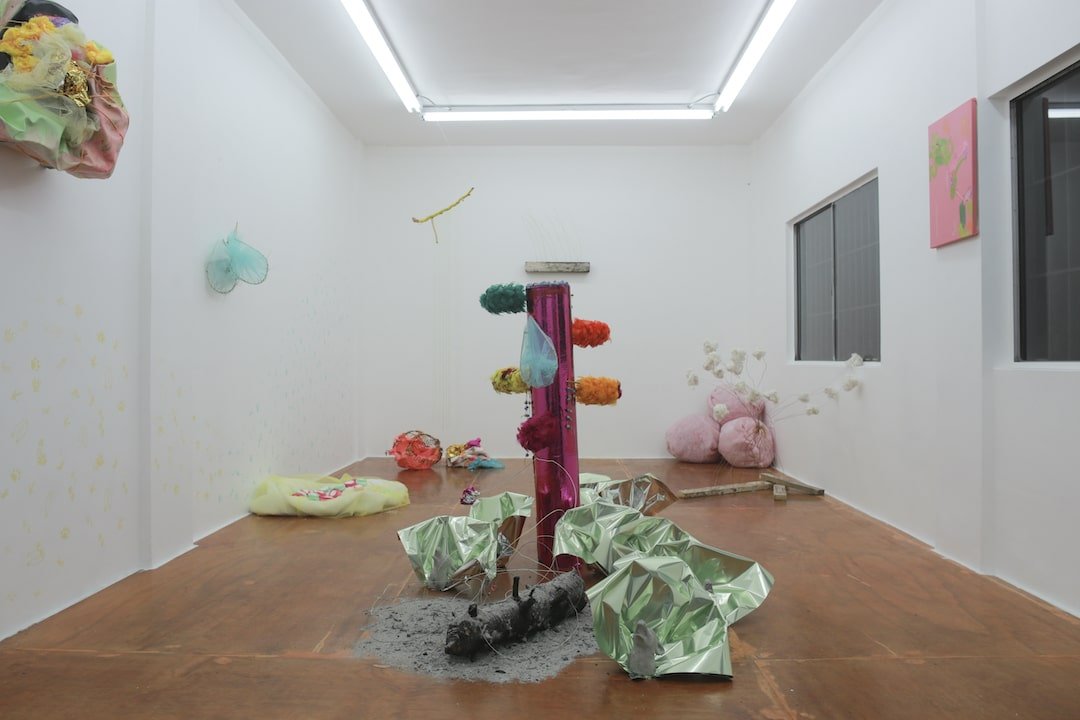
Native flora in the invaded landscape
Within ‘Native flora in the invaded landscape’, Paula Flores proposes a work that, without establishing formal limits, moves between the sculptural, the pictorial and the setting to insert us in a sort of territorial abstraction: a space now a Mediterranean zone, a site now a scientific showcase.
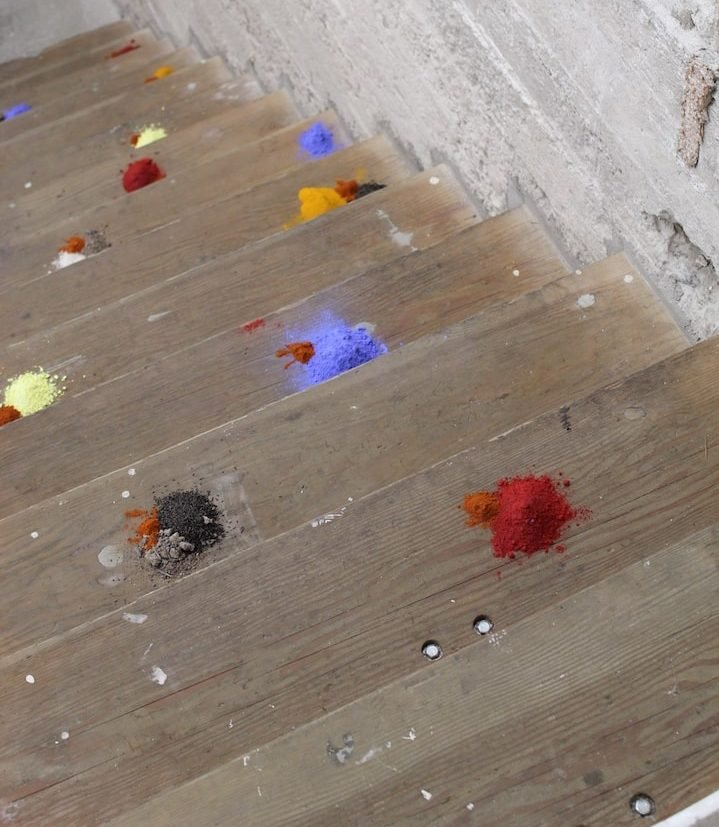
Inevitable
Every action that we take has an intertwined reaction with the rest of the world. Most of the time we don’t think about it all. We are inevitably interconnected with everything else, we are everything else.
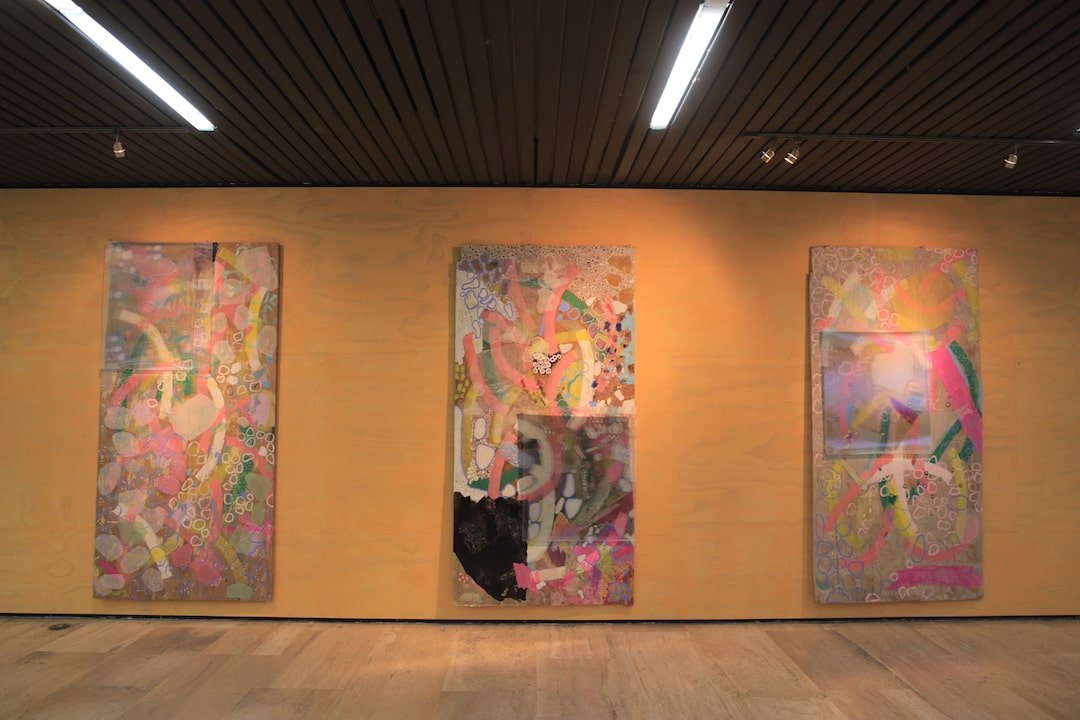
Litos liquen
Relaciones simbióticas, parasitarias, antagónicas y encuentros casuales.
¿Cuál es la relación de la población citadina con la naturaleza?
¿Qué tanto tomamos en cuenta a estos organismos en nuestra vida diaria?
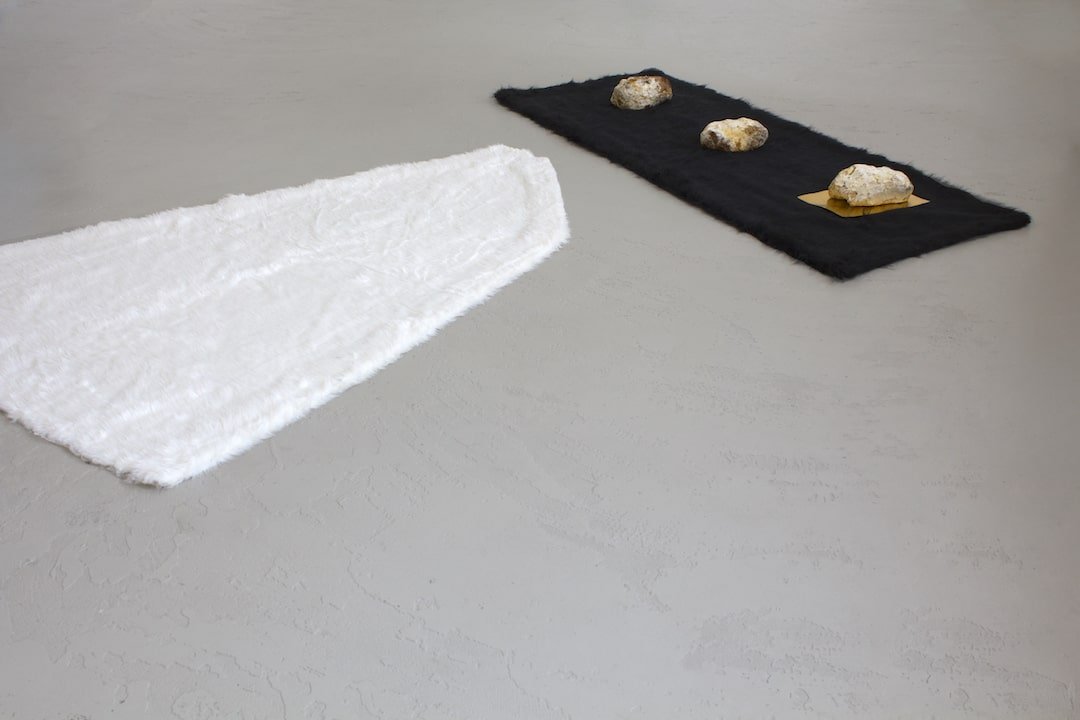
Mediation
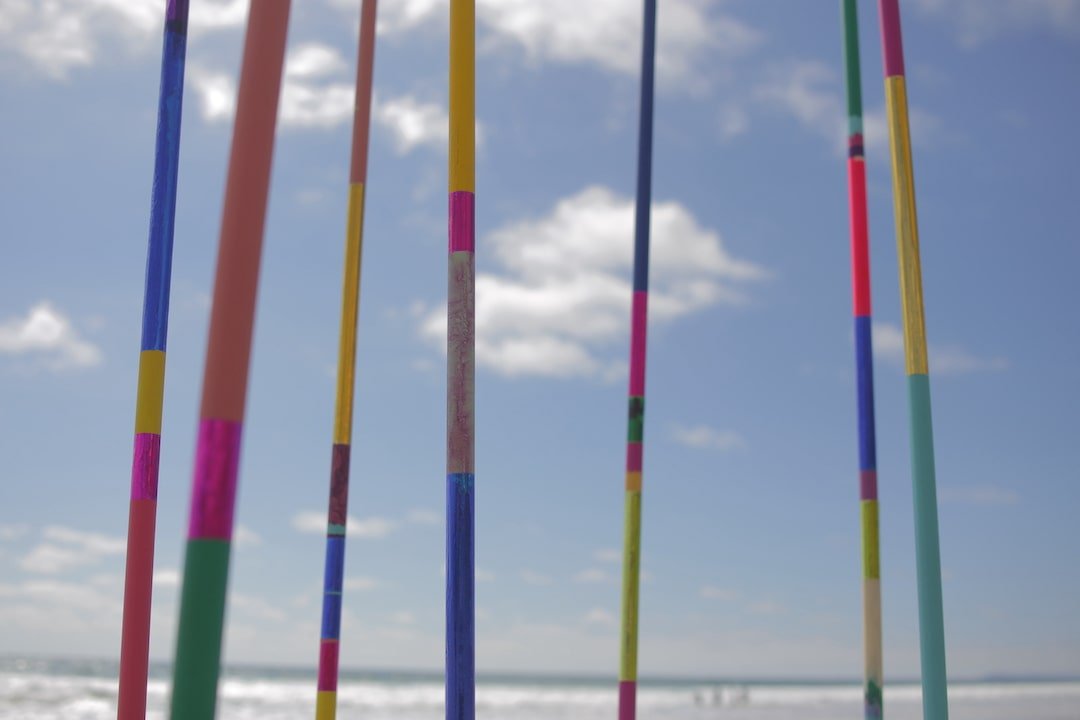
Mexican Totems
Mexican totems is an installation that explores the research act of “othering”. What do we miss when we place ourselves on the outside? What do we miss when we make ourselves a part of the context? Is it possible to have a brain like the chameleon’s eyes that would allow us to merge these two?
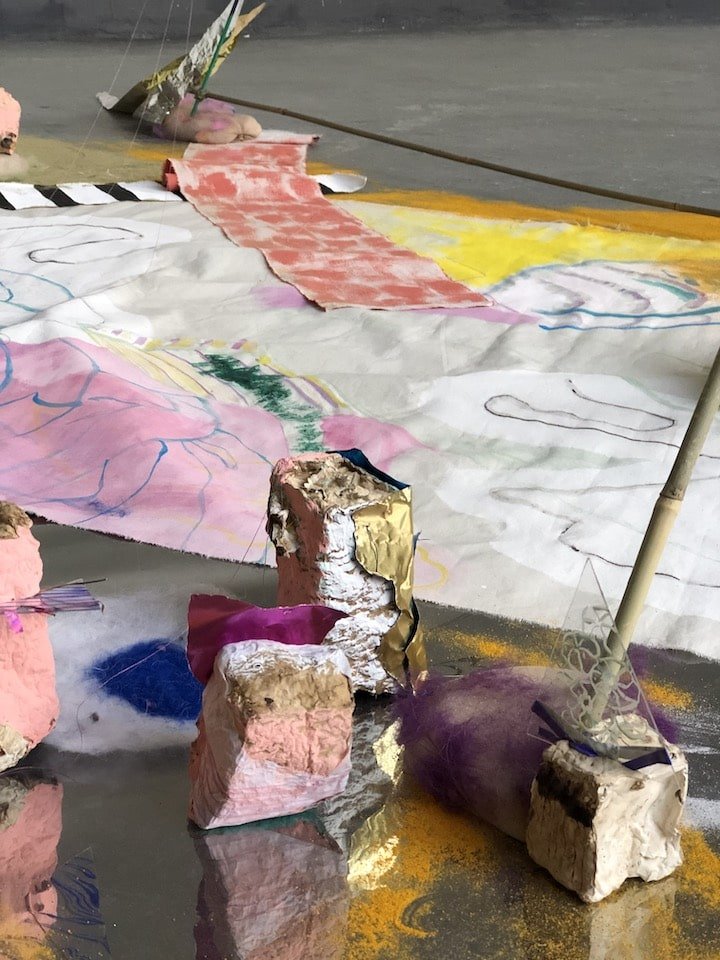
Mirrors and Translations
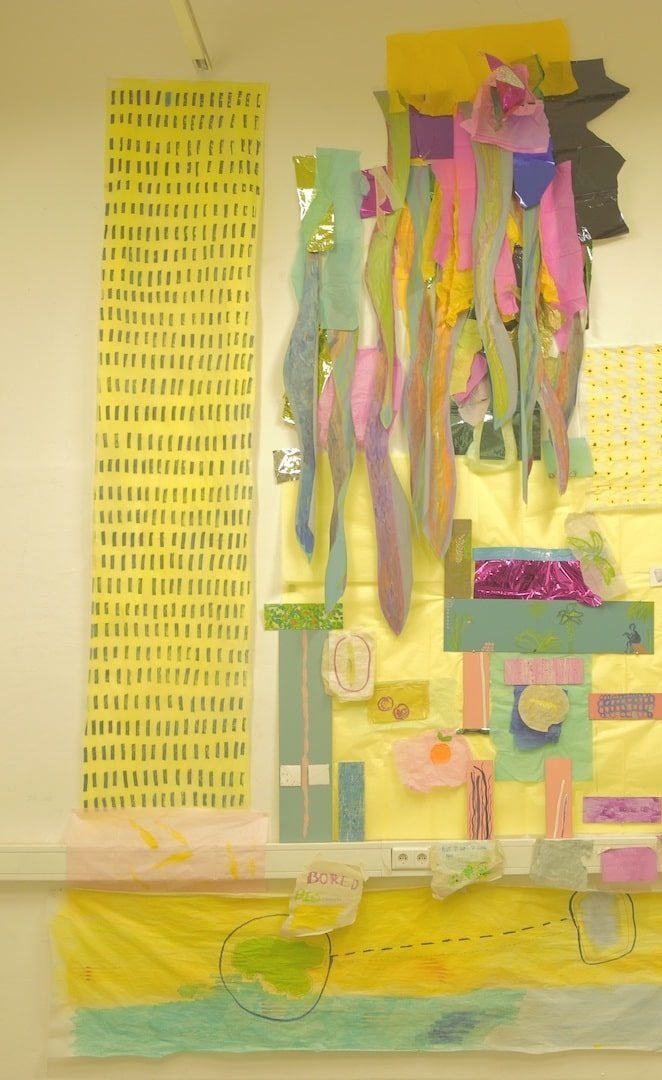
Nitrogen
I want to interrupt
I want to interrupt the cycle of humans
The cycle that we live in now
The one where other lives don’t matter much
The one where we run on machines
instead of the earth…
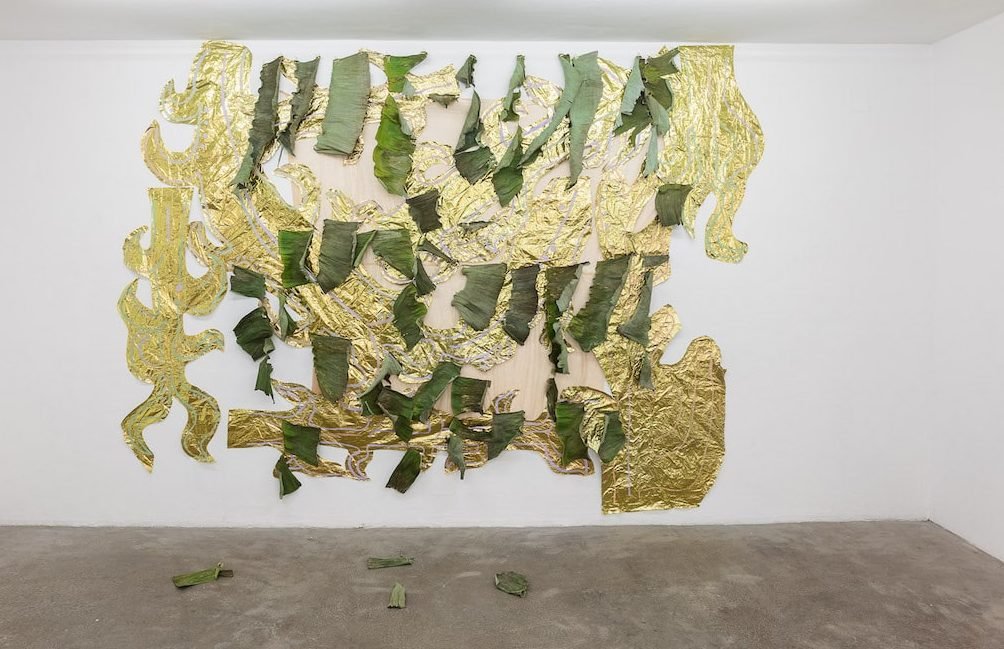
Vicarious tears
Rivers that flow over skin, over seeds that should have been born. Roots, torn out and thrown into the ocean where they can’t reach the ground and are ever condemned to float until they disintegrate. But there are always remains that can be reintegrated from the tears that come from the ocean. It’s the attempt to catch a reflection from another reflection and keep it for perpetuity.
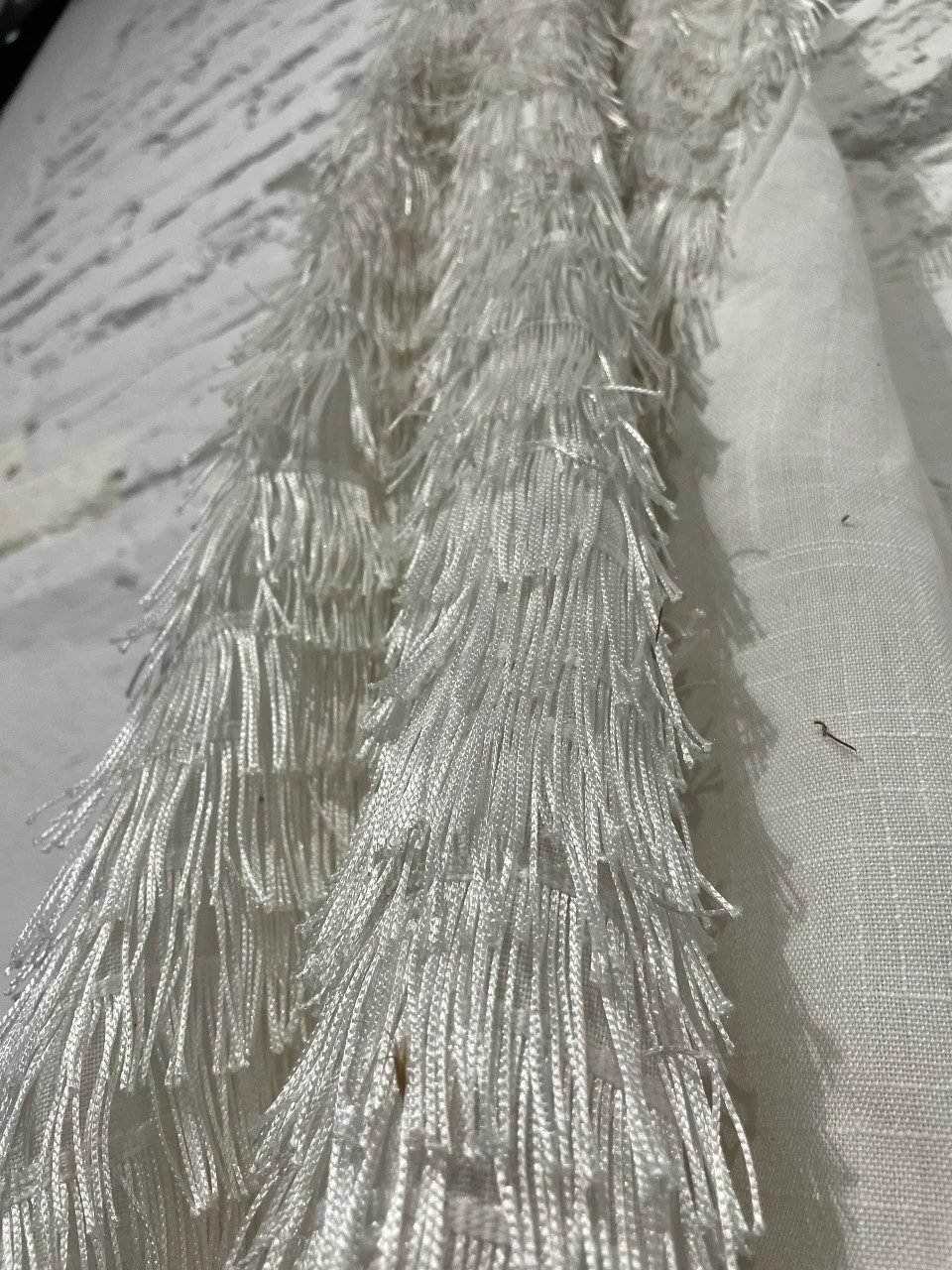
Salvia Blanca
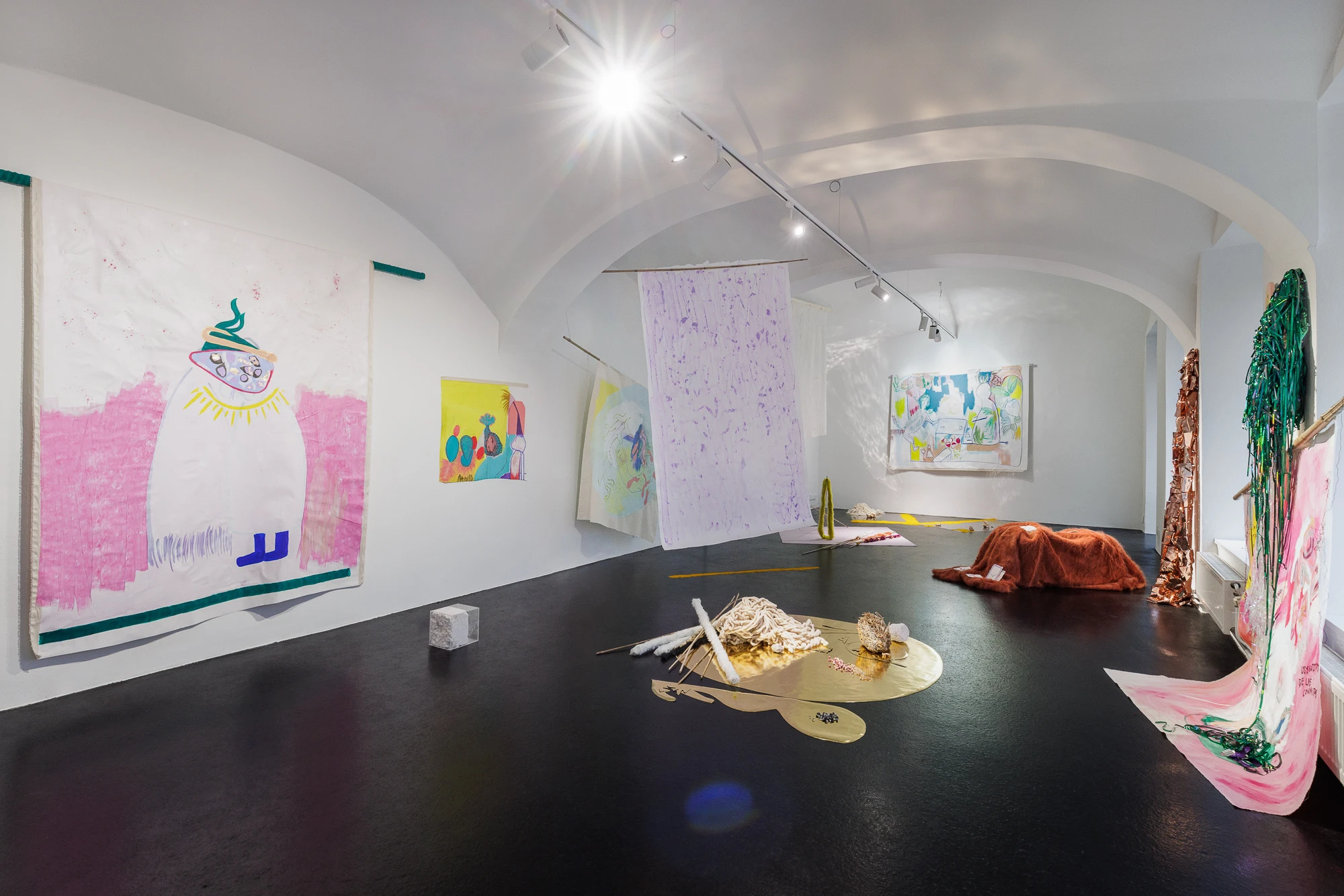
Party of a Lifetime
